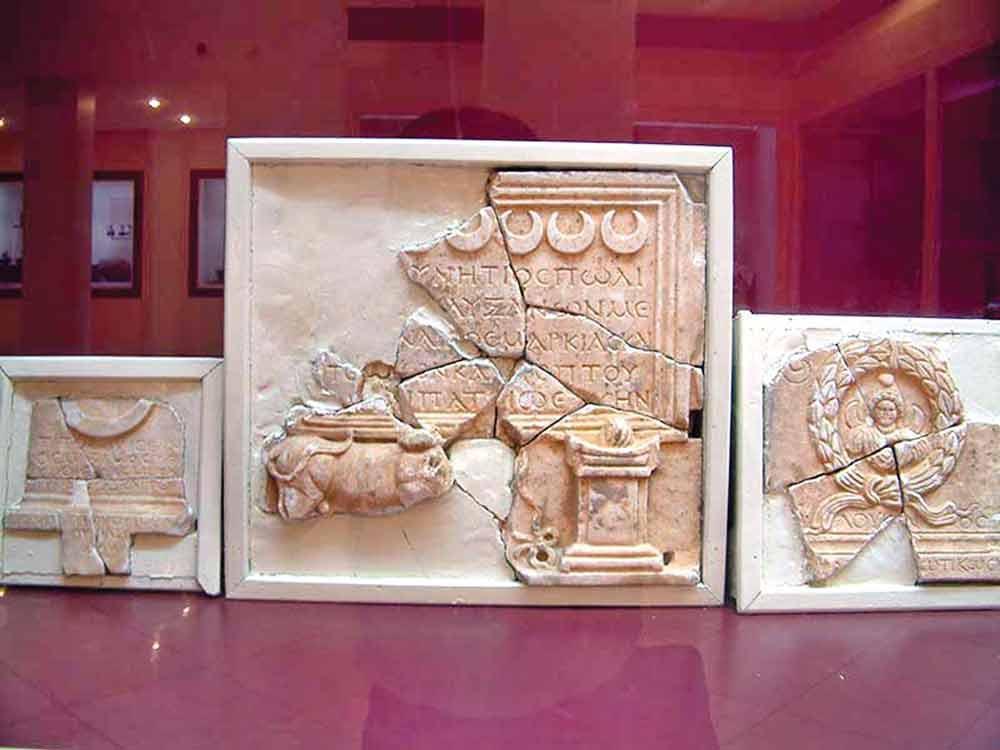
A road extension and digging carried out on the Şarkikaraağaç-Beyşehir highway in the southern province of Isparta’s Şarkikaraağaç district has caused a scandal.
As the Antalya Highways 13th Regional Directorate went out to tender without receiving approval from the relevant institution, the company that won the tender destroyed the most important historical value in the region, the 7,000 year-old Araklı Mound.
Digging the road with caterpillars, officials opened three to four meters of pits in and around the mound. The soil removed from the mound was loaded onto trucks and thrown into an empty area around the road. After a while, human bones, graves, inscriptions and tiles were noticed in the soil.
The Isparta Yalvaç Museum Director Abdülbari Yıldız, who was called to the area, asked for the works to be halted immediately.
Making an official report on the damage caused by the excavations with the views of art historians, Yıldız sent the report to the Antalya Cultural and Natural Heritage Preservation Board.
After realizing excavation works were carried out in the mound, also home to artifacts from the Neolithic Age, the region was completely examined. They found that all artifacts removed from underground had been broken into pieces and a criminal report was filed against 19 people, including public officials.
‘We could not save anything’
“The Antalya Highways Regional Directorate did not receive the opinion of the relevant institutions because they did not plan to construct the road but to extend it. Thinking permission was given, the winning company destroyed the mound like a normal hill. We stopped the works and filed a complaint against it,” said Yıldız, who was the first witness of this scandal.
Yıldız said the soil was scattered around with pieces of historical artifacts by bulldozers.
“History has been removed; three to four-meter holes have been dug. We could not save anything. However, this is a very important region. The upper layer is from the Byzantine era and the lower layer dates back to 7,000 years ago. It was an area where we would have been able to find very important historical documents,” he said
Antalya Cultural and Natural Heritage Preservation Board Director Associate Professor İbrahim Bakır said they had gone to court regarding the issue and the decision would be given by the court.
“The issue will be taken up with the court. That is why I do not need to make an explanation. But I do not believe we have been negligent on this issue,” said Antalya Highways 13th Regional Director Arif Çobanoğlu, who has been blamed for the unauthorized excavation.